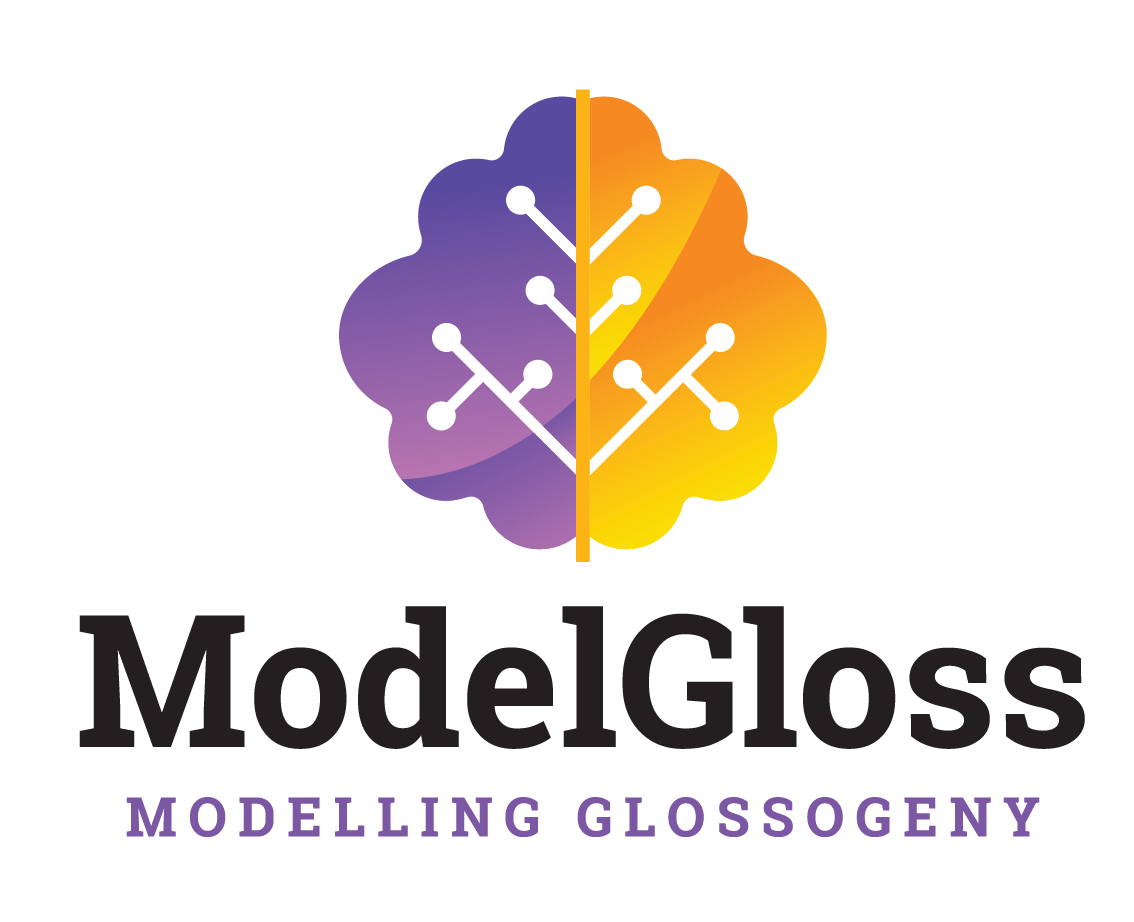MODELGLOSS
HOME / THE PROJECTModelGloss aims to:
- investigate language change with tools and methods inspired by evolutionary biology;
- employ similarities and differences in the syntax and morphology of languages in order to probe genetic relatedness and effects of geographical proximity between languages;
- combine qualitative and quantitative methods in order to uncover what is specific to the evolution of languages as opposed to the evolution of species;
- assess the historical signal contained in linguistic data from different levels.
The project uses tools inspired from evolutionary biology in order to produce a reliable model of the interplay between genetic and areal stability of morphosyntactic characteristics, which is crucial for a parameter-based glossogeny. The main objectives will be to test:
- character (in)dependence and
- genetic and areal stability of morphosyntactic characteristics, in order to develop an unbiased method for reconstruction of historical relationships between languages, which is ultimately reflected in
- parameter hierarchies with descriptive, explanatory and historical adequacy-
- a model of the interaction between genetic and areal factors in language change, which captures the role of the various structural and socio- historical variables in predicting possible and impossible transfers and retentions in different historical/geographical settings.
EXPECTED RESULTS
The most important result of the project will be a novel method for the construction of phylogenetic trees of languages, which combines biological methods in the study of language change with recent advances in formal comparative syntax for
- the construction of parametric hierarchies/networks with no biases or redundancies,
- the objective quantification of diachronic stability/historical depth of individual characters in a number of different domains,
- the mapping between types of parameters and modes of transmission (genetic/vertical vs. geographic/horizontal and the corresponding rates of change),
- phylogenies, controlling for areal effects and an innovative modeling of possible and impossible syntactic transfers.
We are applying our methods to reconstruct the historical evolution of Indo- European, one of the world’s best-studied families, as well as the 100 language sample of WALS (https://wals.info/). Our goal is to investigate the effectiveness and the suitability of our methods when applied to different scales of analysis (micro-, meso-, macro-variation).

Useful links
https://wals.infohttps://terraling.com
https://asjp.clld.org
https://www.ethnologue.com
https://diacl.ht.lu.se/
https://d-place.org/
https://d-place.org/phylogenys
People, funds and people network photos were designed by pressfoto, Daboost and BianCoblue - www.freepik.com
Contact
University of CreteDepartment of Philology
Division of Linguistics
Τ (+30) 2831 077277
University of Crete
Department of Biology
Τ (+30) 2810 394067
modelgloss.project@gmail.com
